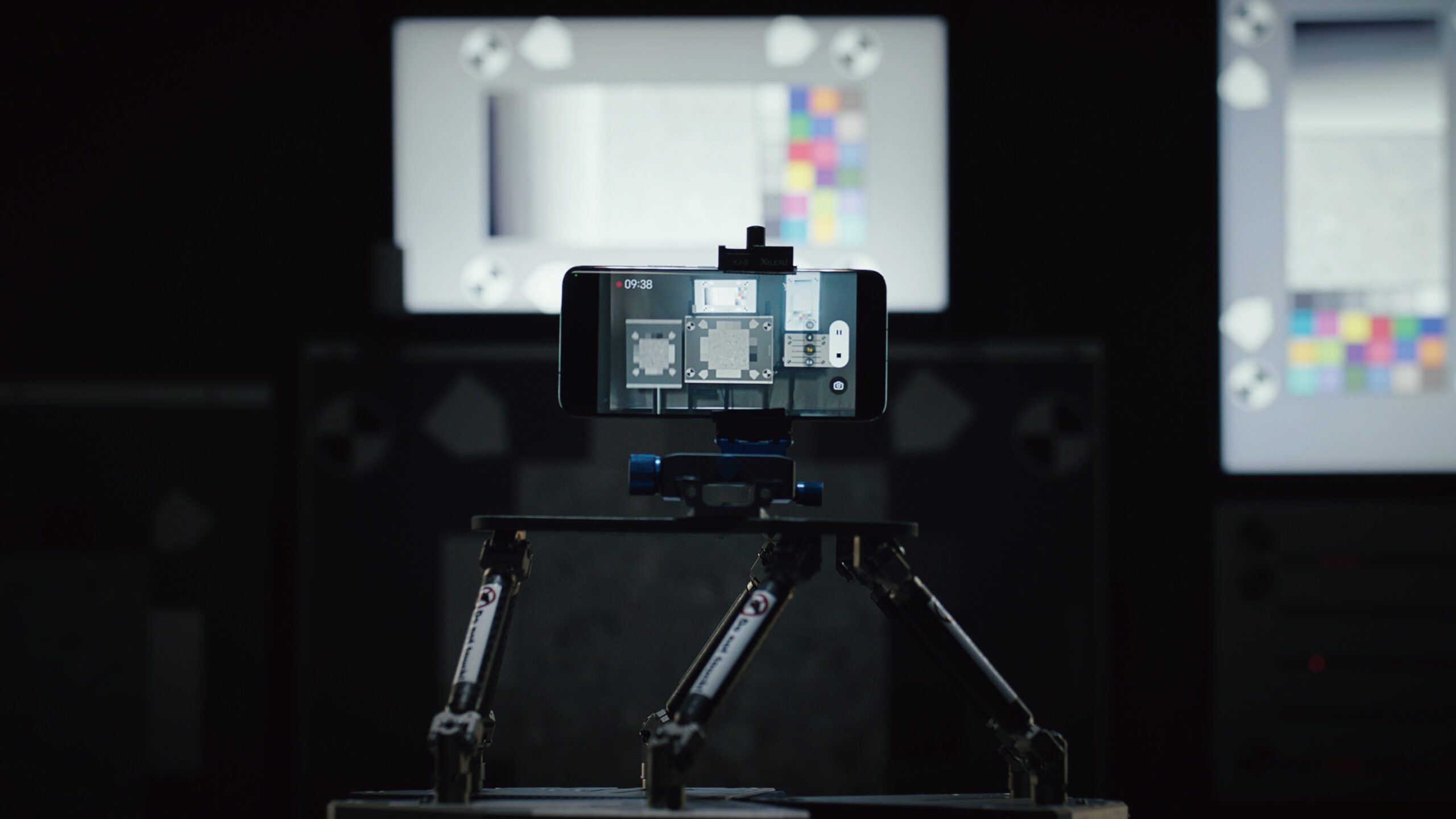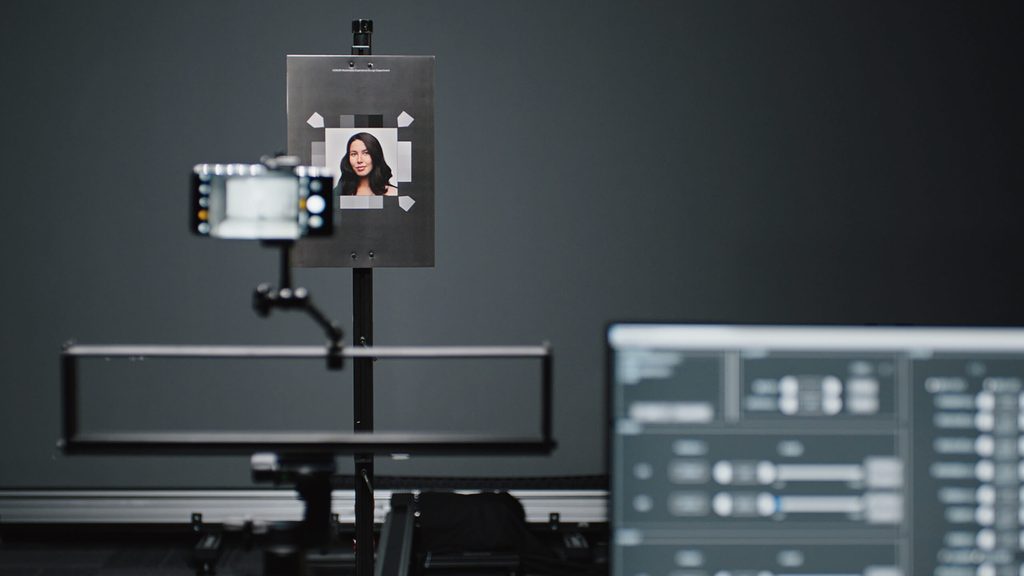SUMMARY
This is AI generated summarization, which may have errors. For context, always refer to the full article.

There’s a new camera smartphone king, and it’s making its way to the Philippines soon.
Honor announced its latest flagship, the Magic6 Pro, is arriving in the country on May 8.
The top-of-the-line smartphone has been hailed as one of, if not, the best camera smartphone in the market today, overtaking some heavy-hitters in DxOMark’s camera tests.
In case you’re unfamiliar, DxOMark is a ratings website that evaluates the different imaging capabilities of smartphones through a series of scientific tests, and awards them numeric ratings based on their performance from those tests. The awarded ratings have since become one of the most trusted industry standards in determining the quality and performance of smartphone cameras and lenses.
The Honor Magic6 Pro currently holds the top spot in DxOMark’s overall camera category, with a score of 158, beating previous leaders, the Huawei Mate60 Pro+ and the Oppo Find X7 Ultra, which both have a score of 157.
A large part of that success likely comes from Honor’s investments in camera testing technologies – including ones developed by DxOMark itself – which optimize the performance of smartphone cameras under a wide range of scenarios and shooting conditions.
We saw some of those very technologies in person when the former Huawei sub-brand invited us and selected members of the media to visit its state of the art NextGen Image Lab in Shenzhen, China.
While we weren’t allowed to take our own photos or video, we’re at least free to talk about what we saw and experienced during our guided walkthrough of the different tests.
One of the most interesting ones we saw evaluates the speed and accuracy of the Magic6 Pro’s autofocus versus that of the iPhone 15 Pro’s when capturing moving subjects.
To compare the two, a dummy head was mounted on a sliding rack, which pulled it at various speeds towards the pre-positioned smartphones as they locked focus and snapped photos. The resulting photos were then displayed side-by-side for us to compare.
In the three times we tried the test out, we observed the results were always the same: the Magic6 Pro’s autofocus outperformed the iPhone’s, producing noticeably sharper images of the subject in motion. The iPhone, however, produced slightly more color-accurate photos.

We also saw what HONOR calls the All-Scenarios Automated Comprehensive Photographic Testing System, a system designed to enhance the performance of the smartphone maker’s own computing photography platform, the Honor Image Engine, across a wide range of predicted scenarios.
These scenarios reportedly encompass brightness levels from 0.1 to 6000 lux, color temperatures from 2300k to 6500k, and the camera shaker to simulate walking or handheld movements.
The camera shaker test, for example, involves the use of a spider-like tripod whose legs can be programmed to wobble and shake, simulating how unsteady human hands can be during handheld photo or videography.
What’s more, we saw an area that housed lifelike human busts, each with different skin textures and complexions. One, for instance, had a pale complexion, riddled with warts and various skin growths, while another had a dark complexion, characterized by wrinkles and age spots. These busts were supposedly used to train the cameras how to best capture portraits of people.
Controlled lab environments, as you might expect, can only push these cameras so far, so for that Honor also devoted a whole area of the facility to build replicas of real-world spaces to simulate everyday shooting needs.
Some of those spaces include a coffee shop, a club, a bookstore, an apartment, a museum, and various retail stores, all complete with the necessary lighting fixtures, furnishings, and decor to make them as realistic as possible.
However, we didn’t see how Honor used the area and the spaces within it to conduct its tests.
Still, the smartphone maker underscored the importance of the area, saying that data from the lab alone is insufficient to render images to life; rather, that data has to be combined with other simulated tests conducted under real-world environments to produce the desired results for its smartphone cameras.
We’ll of course see how Honor’s investments in these tests pay off when we take a closer look at the Magic6 Pro’s cameras in our review. – Rappler.com
Disclosure: HONOR provided the flight and accommodation to Shenzhen, China.
Add a comment
How does this make you feel?

![[GAMES & GADGETS] Product announcements, prices, and promos: July 2024](https://www.rappler.com/tachyon/2024/06/gadgets-and-games-dev-story.jpg?resize=257%2C257&crop=287px%2C0px%2C720px%2C718px)



There are no comments yet. Add your comment to start the conversation.